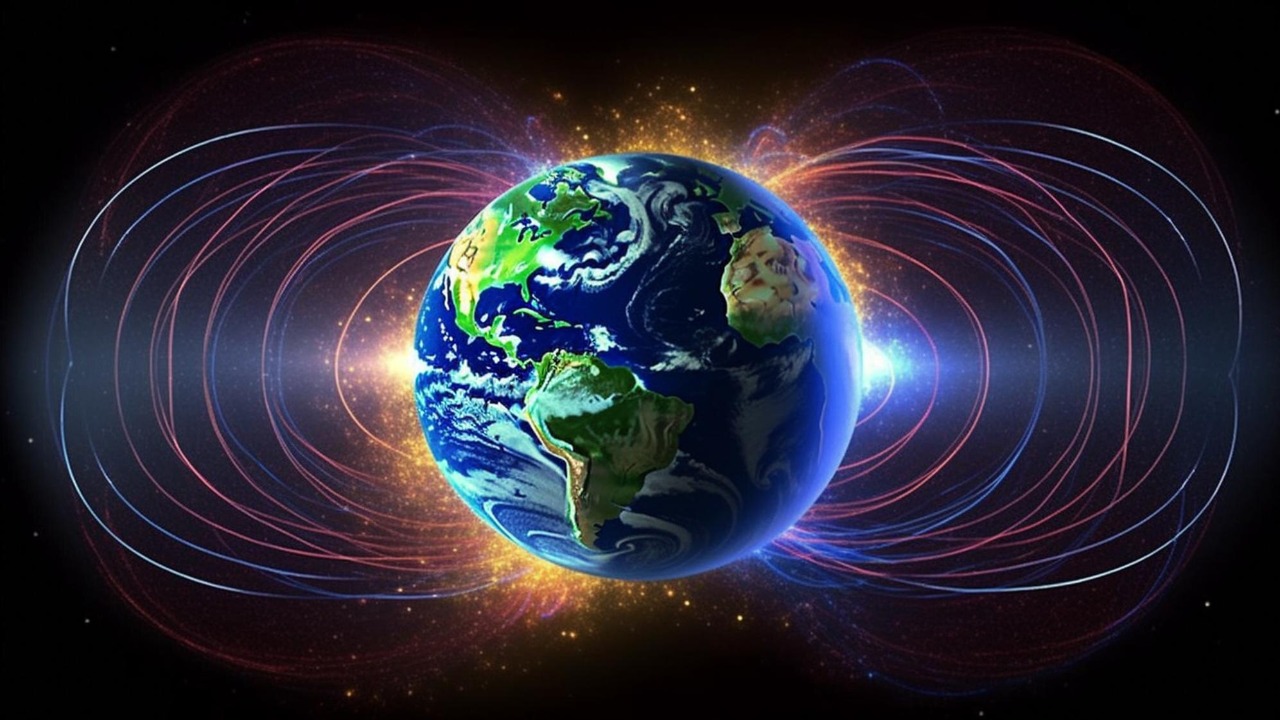
New data from the European Space Agency’s Swarm satellites reveals that Earth’s magnetic field has weakened by approximately 9% over the past 200 years. The most dramatic decline has occurred in the South Atlantic Anomaly region, spanning parts of South America and southern Africa, where field strength has dropped to as low as 24,000 nanoteslas compared to a global average of around 30,000 nanoteslas. This alarming rate of weakening, accelerating since 2014, poses potential risks to satellite operations and power grids, as confirmed by recent analyses released in October 2025. (Source)
Understanding Earth’s Magnetic Field
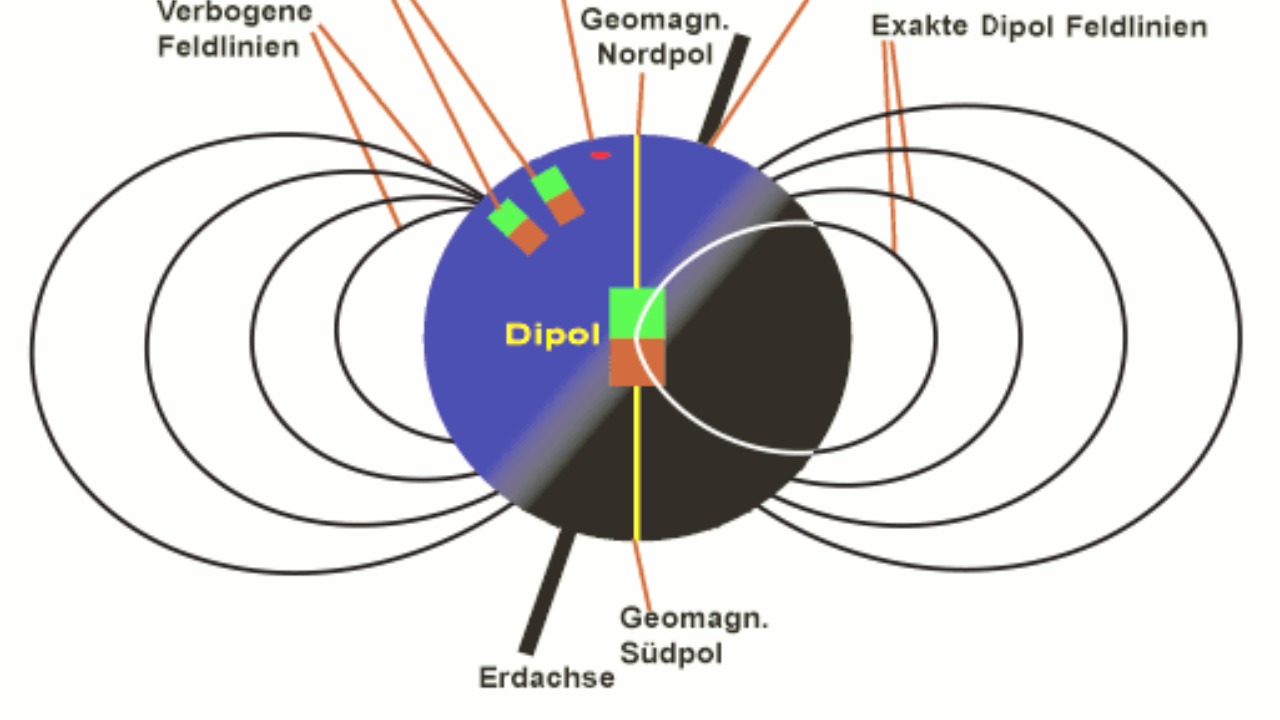
The Earth’s magnetic field is generated through the geodynamo process in the outer core, where convection currents of molten iron and nickel create a magnetic field that has protected the planet from solar radiation for billions of years. This process is crucial for maintaining the magnetosphere, which deflects harmful charged particles from the Sun. The field’s structure is primarily dipolar, extending into space to form a protective shield around the planet. (Source)
Historically, the Earth’s magnetic field has shown remarkable stability, with polarity reversals occurring roughly every 200,000 to 300,000 years. The last reversal took place about 780,000 years ago. This historical context highlights the unusual nature of the current weakening trend, which could signal an impending reversal or a significant shift in the field’s dynamics. Understanding these changes is critical for predicting future impacts on both technology and biological systems. (Source)
Insights from Swarm Satellite Data
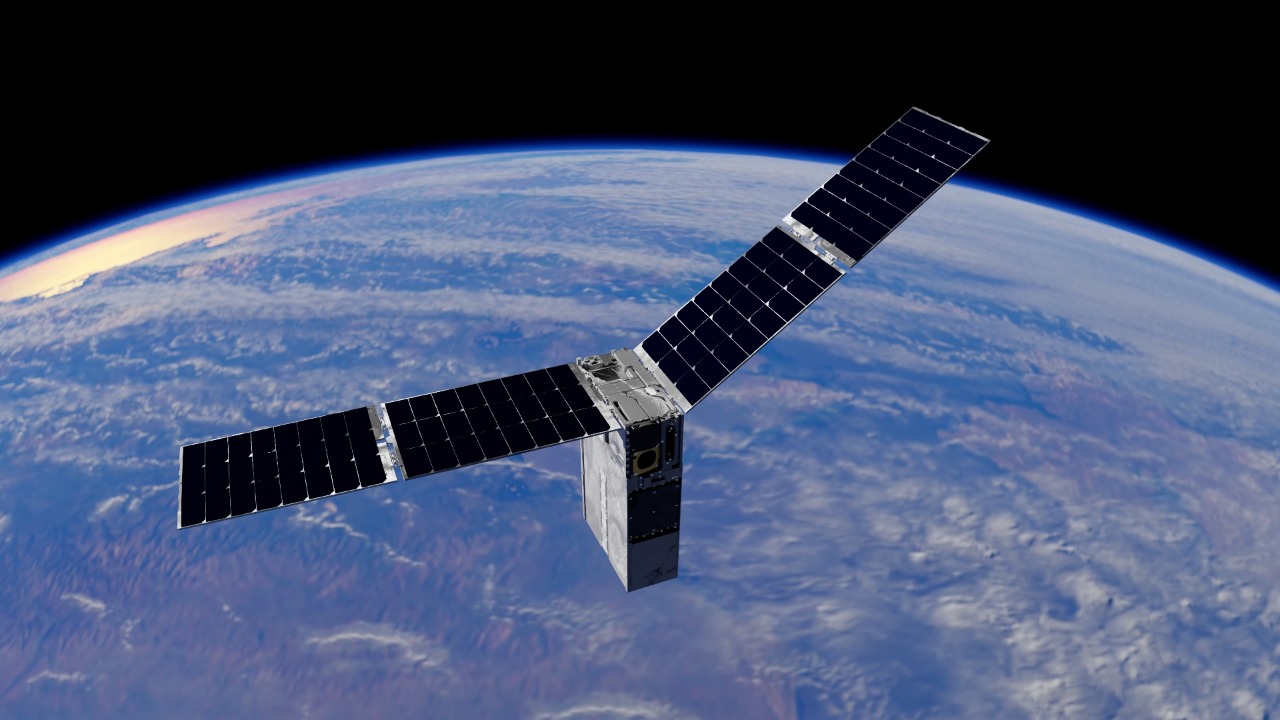
The Swarm mission, launched by the European Space Agency in November 2013, consists of three satellites—Alpha, Bravo, and Charlie—that measure magnetic field variations with high precision from low Earth orbit. These satellites have provided invaluable data, showing a 5% decline in field intensity over the last two decades. The fastest weakening was observed between 2014 and 2020, with a rate of 2.5% per decade in the core field. This data is crucial for understanding the current state of the Earth’s magnetic field and predicting future trends. (Source)
One of the key findings from the Swarm data is the identification of two lobes within the South Atlantic Anomaly. The lobe off the coast of Brazil has intensified the weakening, expanding the anomaly by 7% since 1970. This expansion poses significant risks to satellite operations, as the anomaly is a region where the magnetic field is particularly weak, allowing more solar radiation to penetrate the atmosphere. Understanding these changes is essential for mitigating potential impacts on technology and infrastructure. (Source)
Causes of the Current Weakening
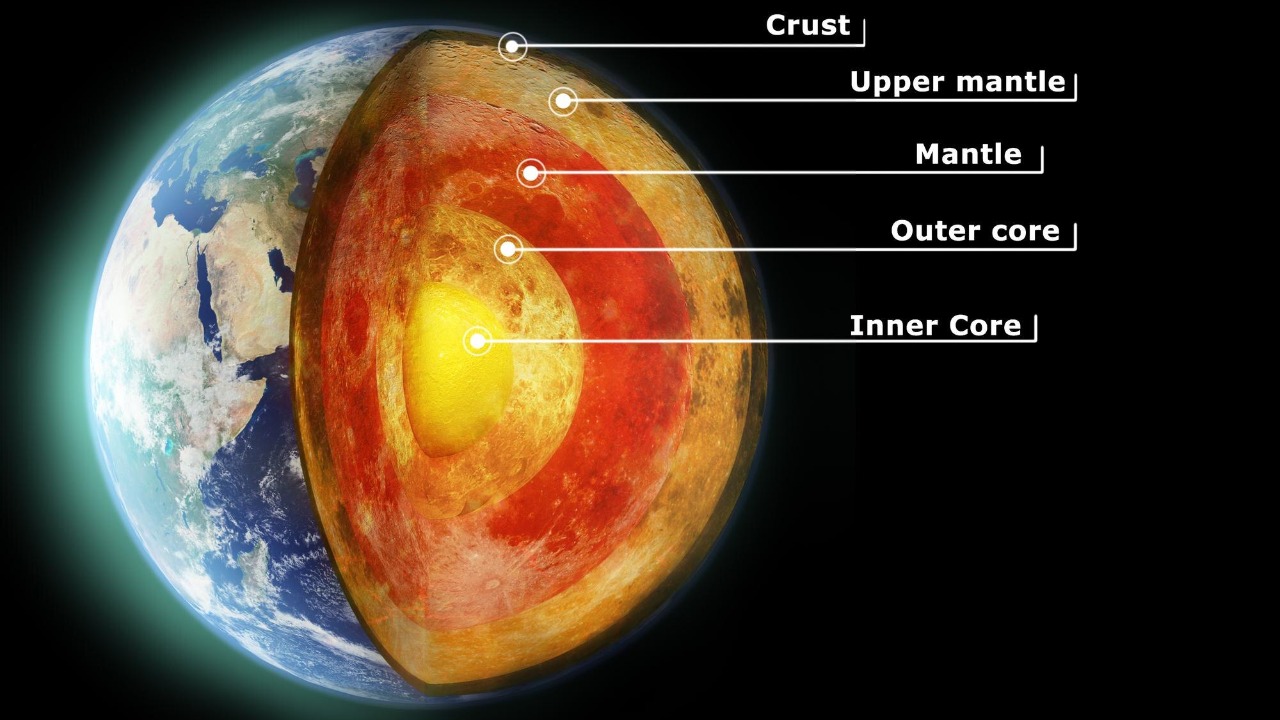
The decline in the Earth’s magnetic field is primarily attributed to changes in the flow of molten iron in the outer core. Swarm’s vector magnetometers have detected the formation of reversed flux patches that counteract the main dipole field. These internal core dynamics are the primary drivers of the 9% global weakening since 1840. While external factors like solar activity and lithospheric magnetic anomalies contribute to variations, they are not the main cause of the current trend. (Source)
Understanding the causes of the magnetic field’s weakening is vital for predicting future changes and preparing for potential impacts. The insights gained from Swarm and other monitoring efforts help scientists model scenarios and develop strategies to mitigate risks associated with a weakening magnetic field. This knowledge is crucial for safeguarding technology and infrastructure from the effects of increased solar radiation and geomagnetic storms. (Source)
Potential Impacts on Technology and Life
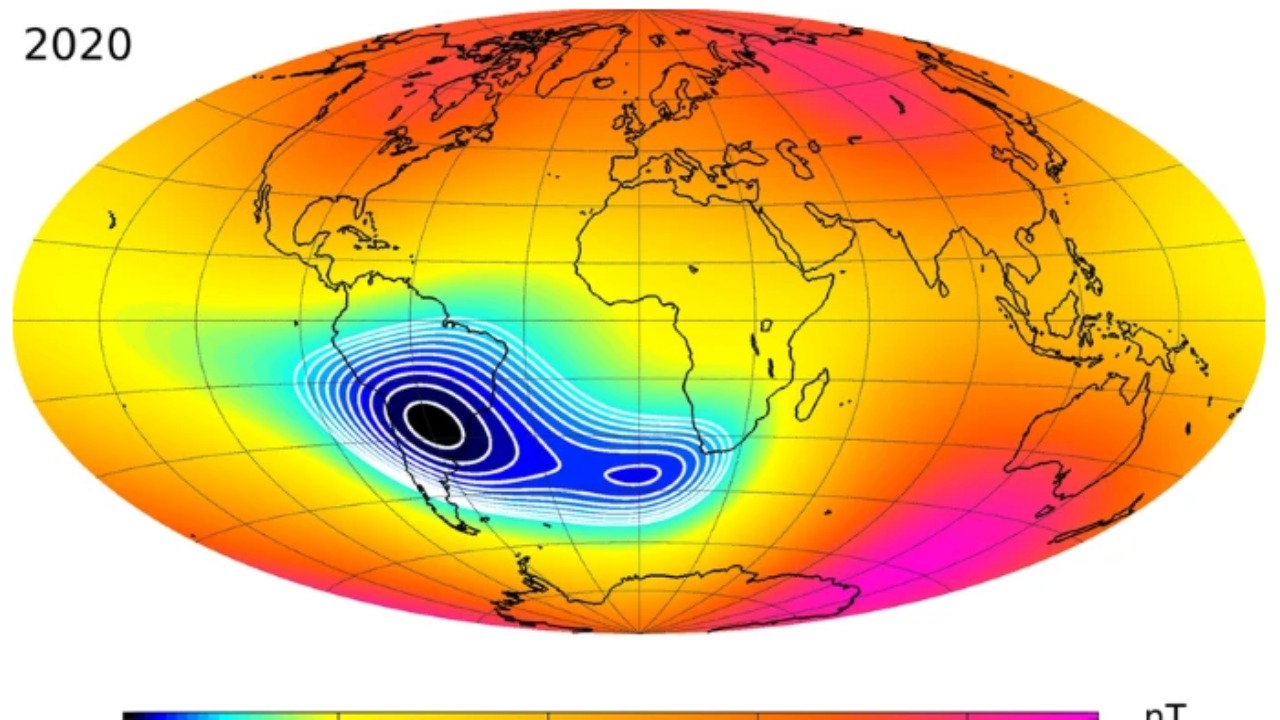
The weakening of the Earth’s magnetic field poses significant risks to technology and life. Satellites in low-Earth orbit are particularly vulnerable, with over 1,000 affected annually due to increased radiation exposure in the South Atlantic Anomaly. This exposure can lead to malfunctions and reduced lifespan of satellites, impacting communication, navigation, and weather forecasting systems. (Source)
Ground-based infrastructure is also at risk, as geomagnetic storms can induce currents in power lines, potentially causing blackouts. The 1989 Quebec event serves as a stark reminder of the potential consequences, and current trends suggest that such events could become more frequent and severe. Additionally, biological effects, such as increased cosmic ray exposure, could elevate cancer risks and disrupt animal navigation, particularly in migratory birds that rely on magnetoreception. (Source)
Future Projections and Monitoring Efforts
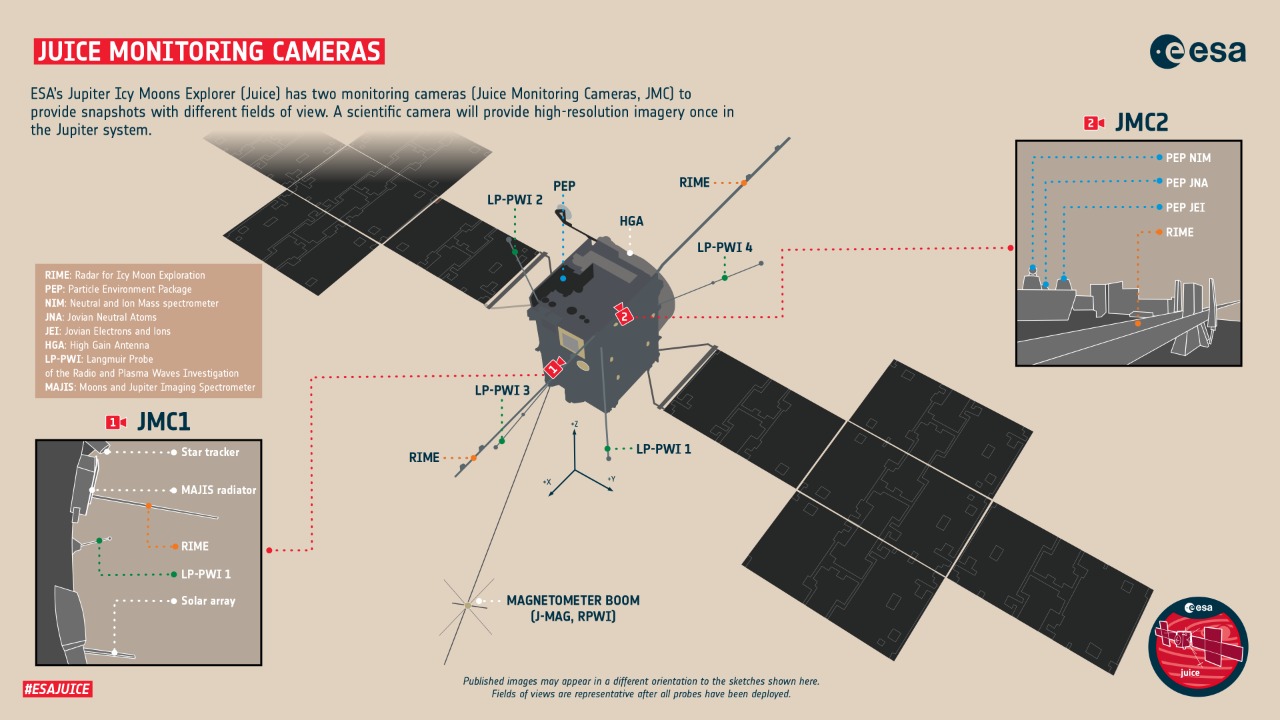
If current trends persist, the Earth’s magnetic field could weaken by an additional 10-15% by 2050, potentially hastening the next magnetic reversal within the next 2,000 years. This projection underscores the importance of ongoing monitoring efforts, such as the Swarm mission and upcoming initiatives like the European Space Agency’s proposed magnetic field explorer, set for launch in the 2030s. These missions aim to track core dynamics in real-time, providing critical data for understanding and predicting changes in the magnetic field. (Source)
International collaboration is essential for modeling reversal scenarios and mitigating technological vulnerabilities. ESA scientist Jürgen Matzka emphasized the need for global cooperation in October 2025, highlighting the importance of shared data and resources in addressing the challenges posed by a weakening magnetic field. By working together, scientists and policymakers can develop strategies to protect technology and infrastructure from the potential impacts of these changes. (Source)